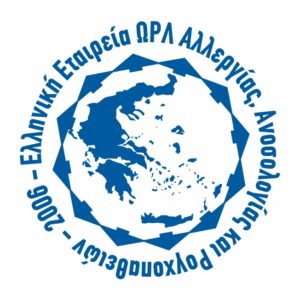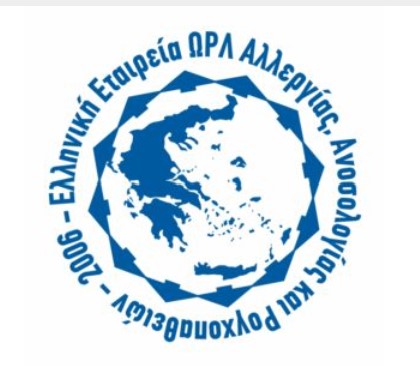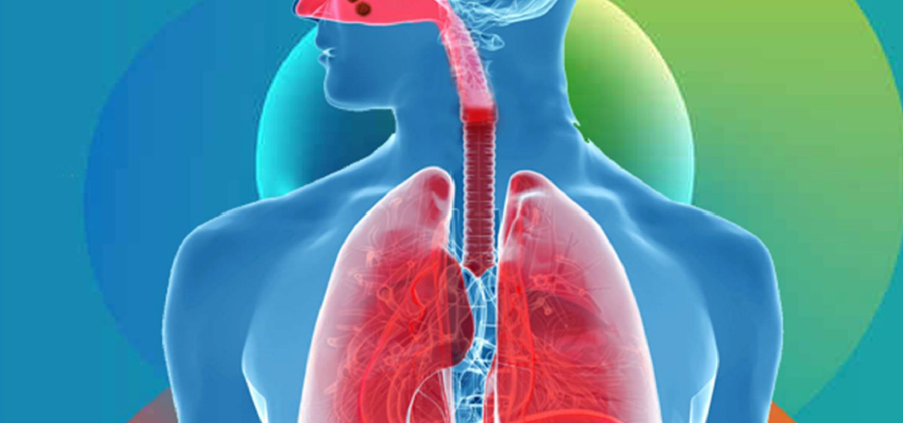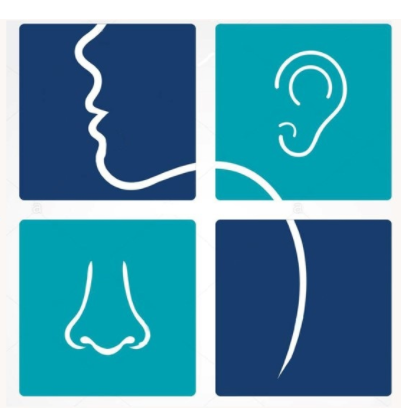O. Pfaar1, P. Demoly2,3, R. Gerth van Wijk4, S. Bonini5, J. Bousquet2,6, G. W. Canonica7, S. R. Durham8, L. Jacobsen9, H. J. Malling10, R. Mosges11, N. G. Papadopoulos12,13, S. Rak14, P. Rodriguez del Rio15, E. Valovirta16,17, U. Wahn18 & M. A. Calderon8
all12383
1Center for Rhinology and Allergology Wiesbaden, Department of Otorhinolaryngology, Head and Neck Surgery, University Hospital Mannheim, Mannheim, Germany; 2Departement de Pneumologie et Addictologie, Hopital Arnaud de Villeneuve, University Hospital of Montpellier, Montpellier; 3Sorbonne Universites, UPMC Paris 06, UMR-S 1136, IPLESP, Equipe EPAR, Paris, France; 4Section of Allergology, Department of Internal Medicine, Erasmus MC, Rotterdam, the Netherlands; 5Second University of Naples and Institute of Translational Pharmacology, Italian National Research Council (IFT-CNR), Rome, Italy; 61018, Respiratory and Environmental Epidemiology Team, INSERM, CESP Centre for research in Epidemiology and Population Health, Villejuif, France; 7Respiratory Diseases & Allergy Clinic, University of Genova, IRCCS AOU San Martino, Genova, Italy; 8Section of Allergy and Clinical Immunology, National Heart and Lung Institute, Imperial College, London, UK; 9ALC, Allergy Learning and Consulting, Copenhagen; 10Allergy Clinic, University Hospital Gentofte, Copenhagen, Denmark; 11Institute of Medical Statistics, Informatics and Epidemiology (IMSIE), University of Cologne, Cologne, Germany; 12Allergy Department, 2nd Pediatric Clinic, University of Athens, Athens, Greece; 13Centre for Paediatrics and Child Health, Institute of Human Development, University of Manchester, Manchester, UK; 14Department of Respiratory Medicine and Allergology, Sahlgrenska University Hospital, Goteborg, Sweden; 15Department of Allergy, Nino Jesus University Hospital, Madrid, Spain; 16Department of Clinical Allergology and Pulmonary Diseases, University of Turku; 17Suomen Terveystalo Allergy Clinic, Turku, Finland; 18Department for Pediatric Pneumology and Immunology, Charite Medical University, Berlin, Germany
To cite this article: Pfaar O, Demoly P, Gerth van Wijk R, Bonini S, Bousquet J, Canonica GW, Durham SR, Jacobsen L, Malling HJ, Mosges R, Papadopoulos NG, Rak S, Rodriguez del Rio P, Valovirta E, Wahn U, Calderon MA. Recommendations for the standardization of clinical outcomes used in allergen immunotherapy trials for allergic rhinoconjunctivitis: an EAACI Position Paper. Allergy 2014; 69: 854–867.
Keywords
allergen immunotherapy; clinical endpoints; clinical outcomes; combined symptom and medication score; randomized controlled trials.
Correspondence
Prof. Dr. med. Oliver Pfaar, Department of Otorhinolaryngology, Head and Neck Sur-gery, Center for Rhinology and Allergology Wiesbaden, University Hospital Mannheim, Wiesbaden, Germany.
Tel.: +49-611-308608250 Fax +49-611-308608255
E-mail: [email protected]
Abstract
Background: Allergen immunotherapy (AIT) has been thoroughly documented in randomized controlled trials (RCTs). It is the only immune-modifying and causal treatment available for patients suffering from IgE-mediated diseases such as allergic rhinoconjunctivitis, allergic asthma and insect sting allergy. However, there is a high degree of clinical and methodological heterogeneity among the endpoints in clinical studies on AIT, for both subcutaneous and sublingual immunotherapy (SCIT and SLIT). At present, there are no commonly accepted standards for defining the optimal outcome parameters to be used for both primary and secondary endpoints. Methods: As elaborated by a Task Force (TF) of the European Academy of Allergy and Clinical Immunology (EAACI) Immunotherapy Interest Group, this Position Paper evaluates the currently used outcome parameters in different RCTs and also aims to provide recommendations for the optimal endpoints in future AIT trials for allergic rhinoconjunctivitis.
Results: Based on a thorough literature review, the TF members have outlined recommendations for nine domains of clinical outcome measures. As the primary outcome, the TF recommends a homogeneous combined symptom and medica-tion score (CSMS) as a simple and standardized method that balances both symptoms and the need for antiallergic medication in an equally weighted man-ner. All outcomes, grouped into nine domains, are reviewed.
Conclusion: A standardized and globally harmonized method for analysing the clinical efficacy of AIT products in RCTs is required. The EAACI TF highlights the CSMS as the primary endpoint for future RCTs in AIT for allergic rhinocon-junctivitis.
Allergen immunotherapy (AIT) represents the only immune-modifying and causal treatment available for patients suffer-ing from respiratory allergies (1, 2). The efficacy and safety of any therapeutic allergen product must be demonstrated by randomized controlled trials (RCTs) that follow the guidance in ‘Good Clinical Practice: Consolidated Guidance’ (ICH E6) adopted by the ICH in 1996 (3).
In accordance with the ICH E9 guidance on ‘Statistical Principles for Clinical Trials’, clinical studies should define
primary parameters as follows: ‘capable of providing the





